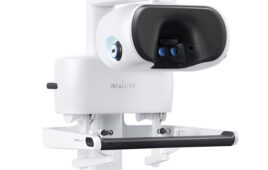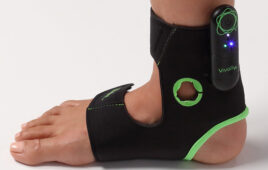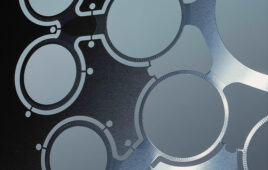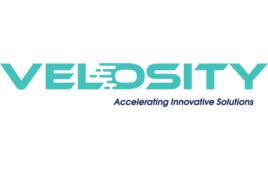Jackie Hutter, The Hutter Group
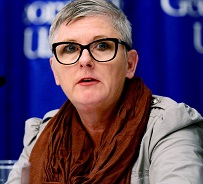
Jackie Hutter
Entrepreneurs bringing innovative new medical devices to market often make a significant mistake when they go to patent their work. I frequently find that these entrepreneurs focus their patenting efforts on the particular medical device product without also recognizing that a wider scope of coverage for their innovations may be available. While these innovators may obtain broad coverage for their go-to-market product, they nevertheless are leaving money on the table because savvy players can leverage the innovator’s medical device product insights to create products in adjacent markets without having to pay a license fee. Often, the medical device entrepreneur’s singular focus on getting a regulated product to market often results in gaps when they generate patent coverage.
For example, consider the hypothetical example of a podiatrist, who for many years has been working on a “better mousetrap” for creating an orthotic for people with chronic plantar fasciitis. Recently, “Dr. Footwall” experienced the proverbial “lightbulb moment” in which her many years of thinking about the problem culminated in a simple solution—a low-cost orthotic product.
Dr. Footwall is by nature an entrepreneur: she has founded a company, obtained outside investment, seeking regulatory approval, and is in the process of bringing her product to market. Of course, she also realizes that patent protection will operate as an integral part of capturing the value of her innovative insights, so Dr. Footwall hires a highly recommended medical device patent attorney. When meeting with this attorney, Dr. Footwall downloads the characteristics and value of her insights, and together they draft an application that covers the orthotic product in a myriad of ways. A patent application that broadly covers the medical device application is filed, publishes, and issues. Notably, the patent claims to address the fact that orthotic device is an insert for a piece of footwear.
Our doctor toils for a couple of more years, but finds that, notwithstanding the significant benefits her orthotic device provides to sufferers of plantar fasciitis, far too many barriers exist for her small orthotic company to be successful in the marketplace. Dr. Footwall reluctantly shutters her startup and goes back to practicing podiatry full-time.
Shortly after that, however, she sees a new advertising campaign from a large athletic shoe company—let’s call them SportShoe—that hypes a new “No Foot Pain” product offering, which SportsShoe markets as being the first athletic shoe that almost entirely eliminates the possibility of a runner generating plantar fasciitis. Intrigued, Dr. Footwall obtains a pair of these shoes, and finds that the interior shape of the shoe mirrors the shape of the orthotic insert that she attempted to bring to market in her startup. She is steaming mad and seeks the assistance of her patent lawyer.
Unfortunately for Dr. Footwall, however, she has no recourse against SportShoe—even though the company’s new product provides the same benefit to consumers, even while it is clear that SportsShoe copied the doctor’s insight in the interior of the “No Foot Pain” shoe. The doctor’s patent, while broadly covering an orthotic insert, does not address the functional benefit provided by the orthotic itself. SportShoe is, therefore, able to mirror that functionality in the interior of an athletic shoe without infringing Dr. Footwall’s patent. As a result, Dr. Footwall reaps none of the financial rewards obtained from SportShoe’s successful new product.
This example is hypothetical, as noted, but I have seen this issue arise multiple times over my career. Medical device entrepreneurs who are working in their specific silos of product function and design should not be expected to more broadly recognize the value that their insights might bring outside of their workspace. But they should be counseled to spend time conceptualizing alternative or adjacent value propositions when they are working on generating patent protection. By viewing their innovations as not just “the trees,” (the particular product they seek to bring to market), but also “the forest” (how their innovation presents in a group of related products), medical device entrepreneurs can improve the probability that they will get paid for their insights.

